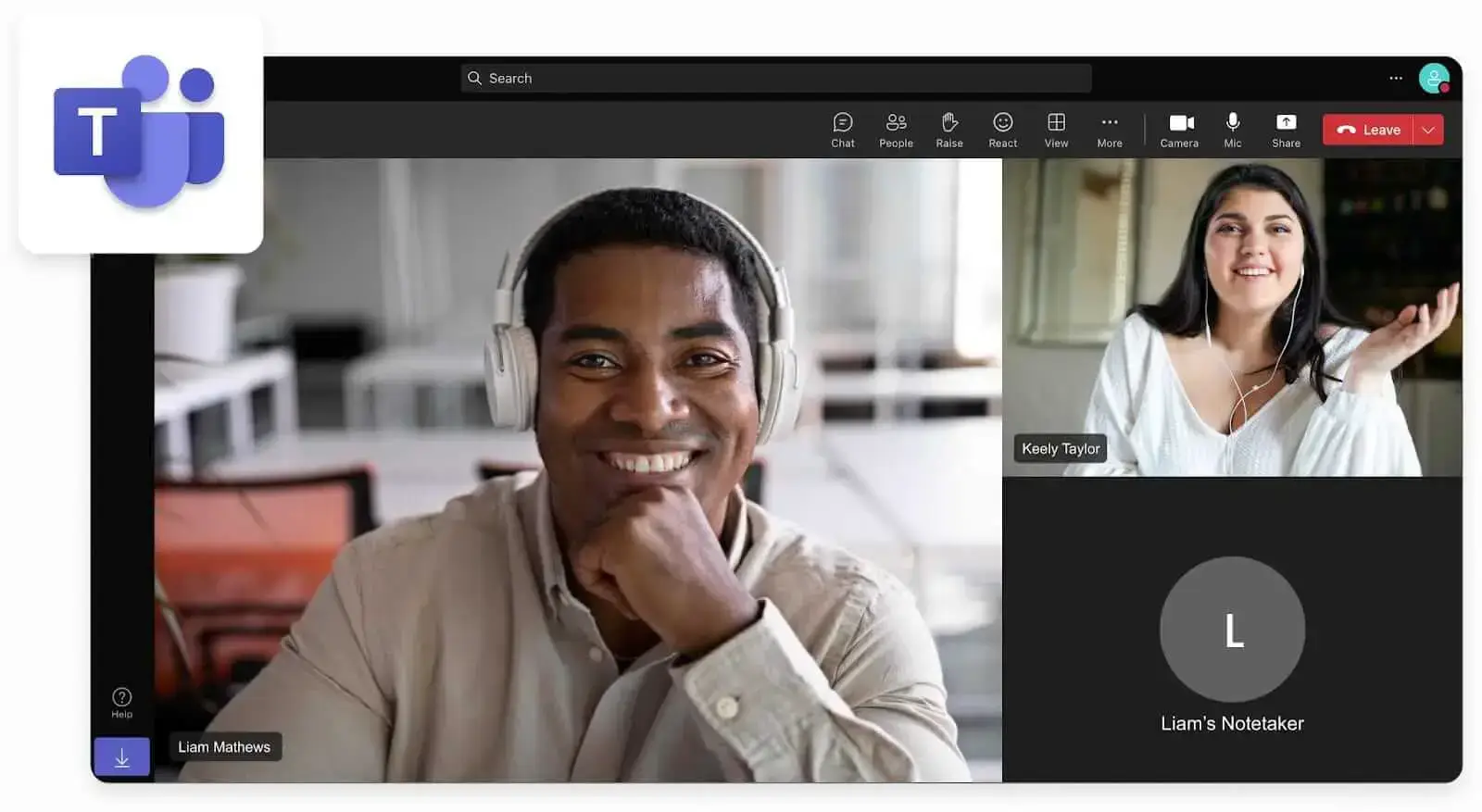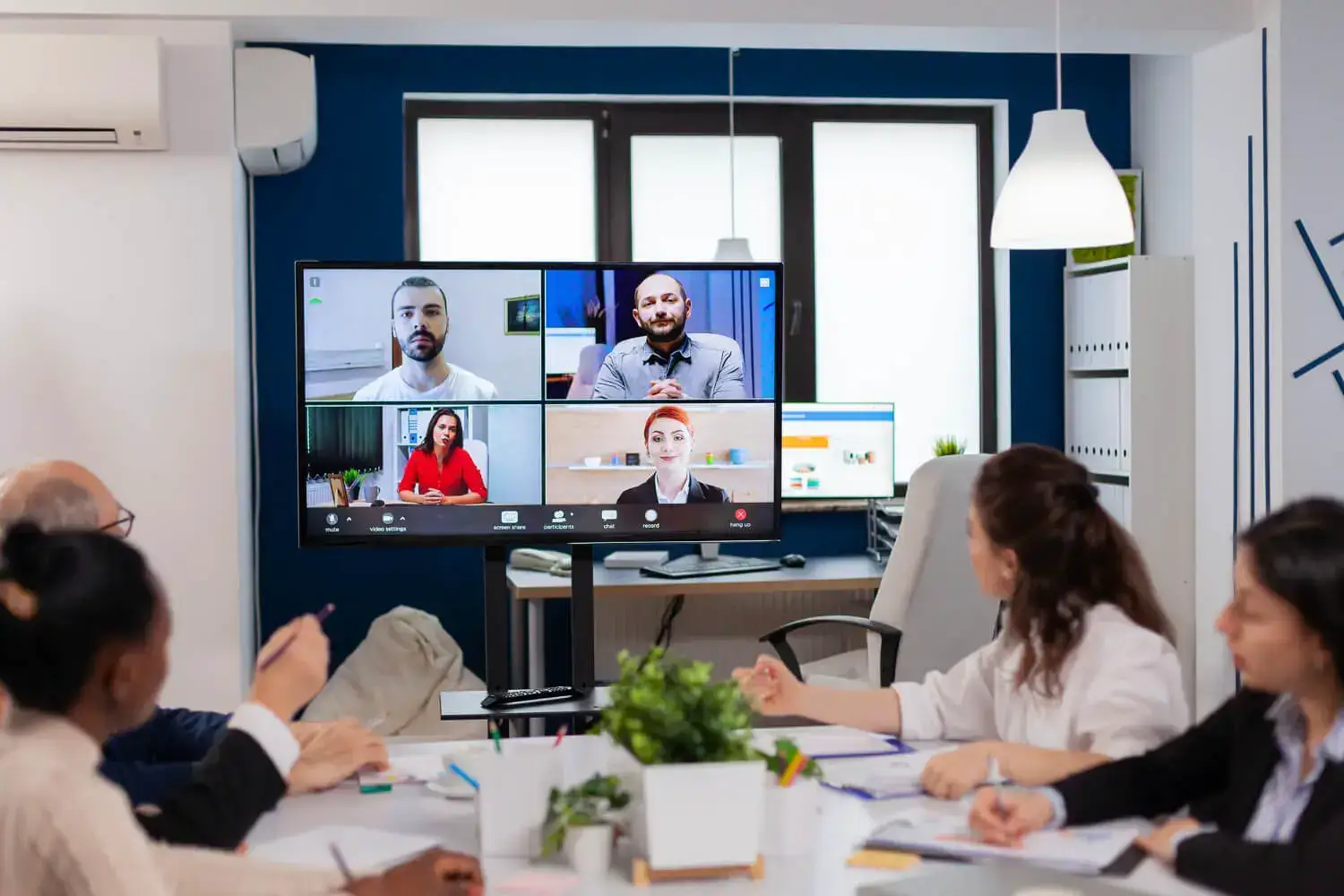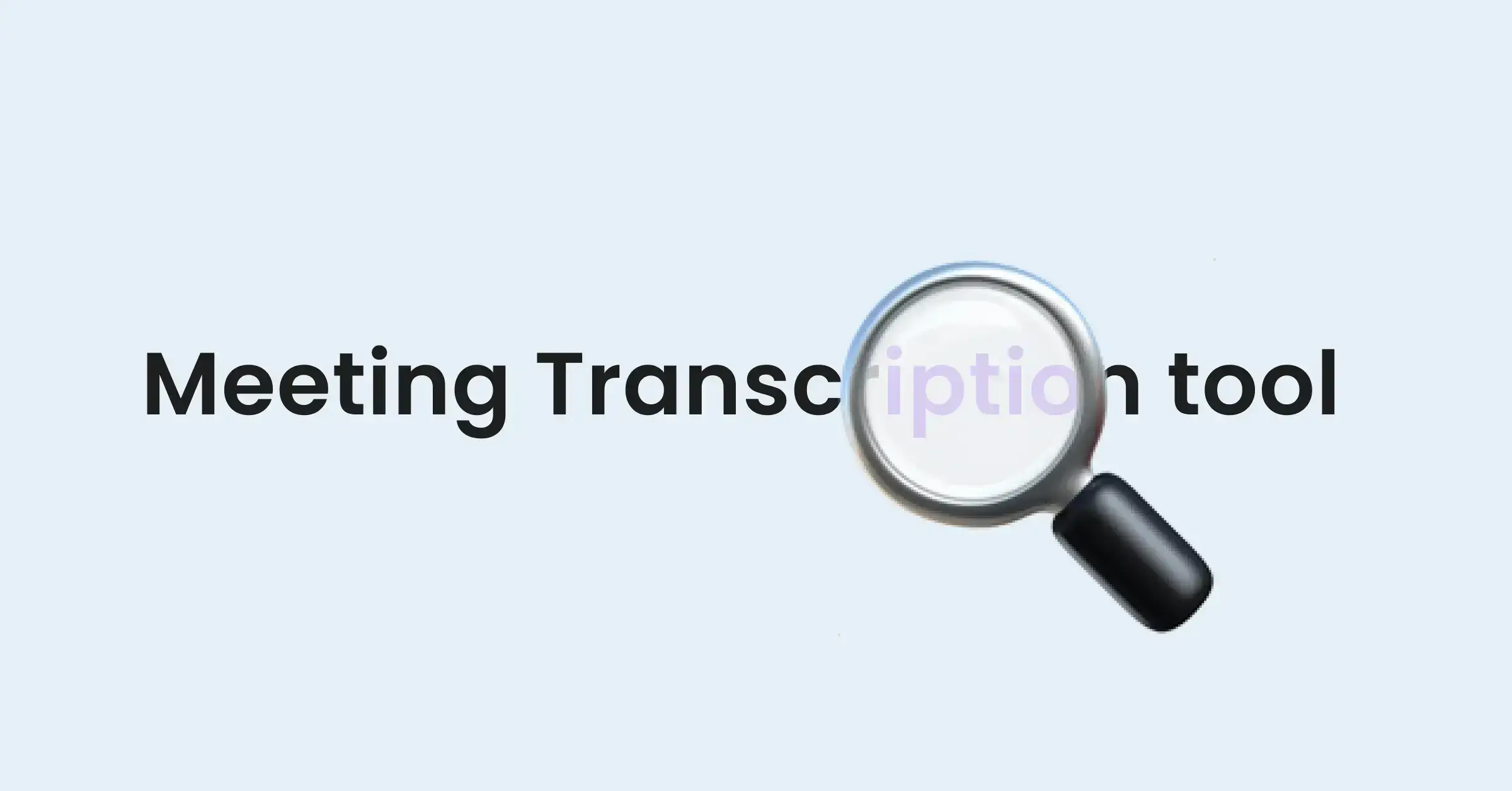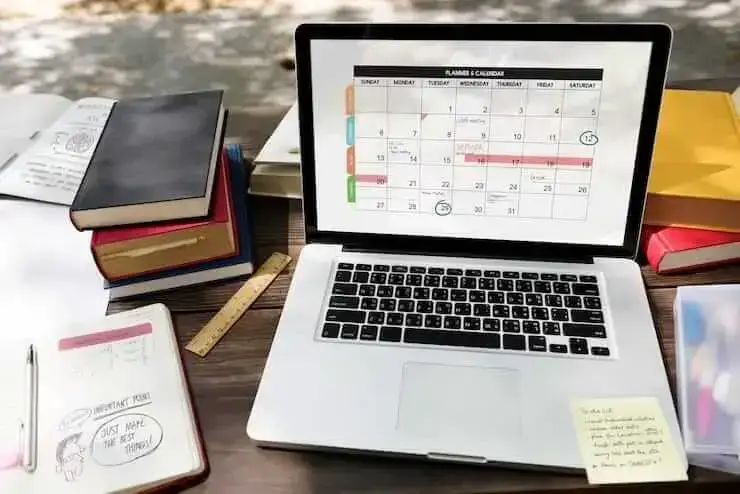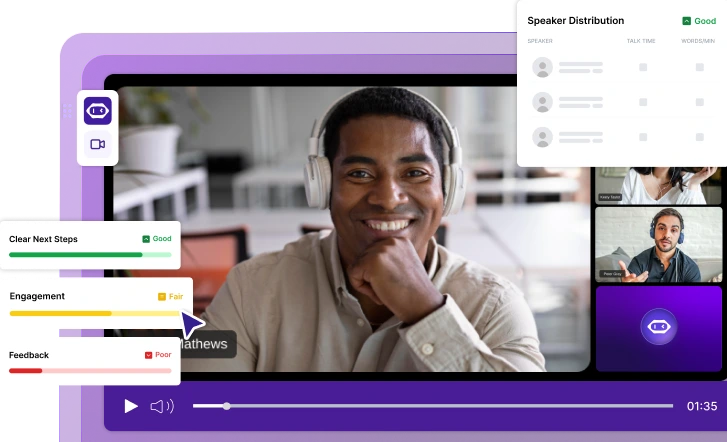How to Run an Effective Brainstorming Session
Get ready to unlock your team's creativity. Don't miss this guide to running an effective brainstorming session that will bring innovative ideas to life.

✅ Free meeting recording & transcription
💬 Automated sharing of insights to other tools.

Image Source: rawpixel.com on Freepik
In the world of innovation and problem-solving, brainstorming sessions have become the standard method for generating new ideas.
However, not all brainstorming sessions are equally effective. To unlock the full potential of your team's collective genius, it is essential to take a practical approach that leads to increased productivity and better results.
If elevating your team's brainstorming sessions to new heights is your ultimate goal, we have compiled a set of essential strategies, tips, and frameworks that will bring your sessions to life!
What Are Brainstorming Sessions?
Brainstorming sessions are collaborative meetings in which a group of people come together to develop ideas, solve problems, or explore potential solutions.
These sessions are designed to encourage open, free-thinking, and allow participants to express their ideas without judgment or criticism. Brainstorming sessions can be structured or unstructured, depending on the specific goals and objectives.
Types of Brainstorming Techniques
When executed effectively, brainstorming sessions can generate better and more diverse ideas in a given time frame compared to what one individual could come up with on their own. However, to achieve impressive results, you must tailor your approach accordingly.
Here are some of the best group brainstorming techniques:
- Traditional Brainstorming: This is the most basic form of brainstorming, where participants openly share their ideas without any limitations or restrictions. The goal is to generate a large number of ideas in a short time, regardless of their feasibility or practicality.
- Reverse Brainstorming: In this technique, participants are asked to think of ways to create the opposite effect or outcome of the problem or challenge at hand. This is a great way to stimulate creative thinking and uncover unique solutions.
- Round Robin: The Round Robin method involves going around the room and allowing each participant to share one idea at a time, giving every team member an equal opportunity to contribute and ensuring that no one dominates the discussion.
- Mind Mapping: The mapping method allows participants to structure ideas and concepts in a hierarchical and interconnected manner. It does so by encouraging participants to correlate ideas and stimulate further ideation through a visual element.
- SCAMPER: SCAMPER is an acronym for Substitute, Combine, Adapt, Modify, Put to another use, Eliminate, and Reverse. This technique prompts participants to think about how they can modify or adapt existing ideas or concepts to create something new.
How to Choose the Right Brainstorming Technique
When choosing the right brainstorming technique, it’s imperative to consider the specific goals and objectives of the session, as well as the preferences and characteristics of the participants.
The main factors to consider when selecting a technique for generating ideas are:
- Meeting purpose
- Group dynamics
- Time constraints
- Participant preferences
A. Meeting Purpose
What is the purpose of the brainstorming session? Are you looking to generate a large quantity of ideas or find a creative solution to a specific problem? Different techniques may be better suited for different purposes.
B. Group Dynamics
Consider the size of the group and the dynamics between the team members. What works best for smaller groups may not suffice for larger ones. On the same note, adapt your approach based on how you’re hosting your brainstorming sessions, be that online or in-person conversation.
C. Time Constraints
Take into account the amount of time available for the brainstorming session. Some techniques may require more time for in-depth discussions and idea generation, while others may be quicker and more efficient.
D. Participant Preferences
Assess the preferences and comfort levels of the participants. While some individuals work best in a traditional brainstorming setting, others may require more structured or visual techniques.
Ultimately, the success of a brainstorming session should be evaluated based on its ability to meet the needs and goals of the group, rather than the specific format or approach used.
How to Prepare for a Successful Brainstorming Session
To get your team members’ creative juices flowing, you need to take certain steps before the actual brainstorming process begins.
1. Define the Goal
Begin by defining the goal or objective of the session beforehand. Get as specific as possible to give participants a clear understanding of what you’re seeking to achieve.
For example, if the goal is to generate ideas for a new marketing campaign, all participants should know about this beforehand, so they can focus their thinking accordingly and ensure that the brainstorming session stays on track.
2. Identify the Participants
Identifying the right participants for a brainstorming session is another important step in the preparation process. Include all individuals who have the knowledge, skills, and expertise relevant to the topic under discussion.
It may also be helpful to have a diverse group of participants with different perspectives and experiences. This can help to stimulate creativity and ensure that a wide range of ideas are generated. However, you must strike a balance and avoid having too many participants, as this can lead to a chaotic and unproductive session.
3. Select the Right Location and Time
Choosing the right location is essential to creating an environment that is conducive to generating ideas. The location should be comfortable and free from distractions, which is particularly relevant for in-person brainstorming sessions.
The timing of the session is also important, so pick a time when all participants are available and can give their full attention. Avoid scheduling sessions when participants may be rushed or have other work commitments that can interfere with their ability to contribute effectively.
4. Prepare the Necessary Materials and Resources
Prepare any necessary materials and resources that can facilitate the brainstorming process. Attach to the meeting agenda any background information or research related to the topic, as well as any relevant data or statistics.
Additionally, provide participants with the necessary tools for idea generation, such as sticky notes or brainstorming templates. This helps to structure the brainstorming session and encourages the exploration of different ideas.

How to Facilitate a Brainstorming Session
Whether you’re going for a classic or online brainstorming session, these are the steps you need to follow:
- Set the ground rules
- Explain the problem or challenge
- Encourage creative ideas
- Make sure to document the ideas
- Build on each other’s ideas
- Guide the discussion and keep the session focused
- Capture as many ideas as possible — even the crazy ones
1. Set the Ground Rules
To kick off the brainstorming session, establish ground rules that everyone agrees to follow. This fosters a safe and respectful environment where all ideas can flourish.
Some common ground rules for brainstorming sessions include:
- No criticism or judgment of ideas
- Free thinking and creativity are encouraged
- Everyone has a fair and equal chance to contribute
- All ideas are documented without filtering, etc.
2. Explain the Problem or Challenge
Provide a clear and concise presentation of the problem or challenge that the group is trying to solve. It’s important to paint a picture of the desired outcome or objective and outline any constraints or limitations.
You can do so directly through your meeting agenda, but make sure to share it with the team in advance. This helps to focus the discussion and ensures everyone understands the context in which they are brainstorming.
3. Encourage Creative Ideas
Encourage the participants to think outside the box and develop their own ideas and perspectives. Empower them to challenge assumptions, explore new possibilities, and think in unconventional ways. This will stimulate creative thinking and generate a wider range of ideas to consider.
4. Make Sure to Document the Ideas
As the ideas start flowing, document them in a visible and accessible way. This can be done using a flip chart, whiteboard, or virtual meeting assistant. The key is to capture all ideas without judgment or filtering. This helps you to keep track of the ideas generated, while also encouraging further brainstorming and building momentum in the session.
Here’s an interesting fact: brainstorming meetings are more successful when participants are physically separated. For optimal results, host your brainstorming exercise remotely, utilizing tools like online screen sharing. Not only does this eliminate distractions but it also allows you to properly document the entire process.
If you’re not sure how to complete this step of the process, let AI do it for you. MeetGeek is an AI virtual meeting assistant that automatically records, transcribes, summarizes, and analyzes your meetings, so you never miss a beat.

Here are the main ways MeetGeek can supercharge your next brainstorm session:
- Note-taking: MeetGeek automatically transcribes the audio from the brainstorming session and generates a searchable transcript, which eliminates the need for participants to take notes themselves and lose focus in the process.
- Enhancing collaboration: With brainstorming being a highly collaborative process, all participants must be in the loop throughout the entire process, so having the brainstorming meeting minutes delivered straight to their inbox can be highly beneficial.
- Identifying & organizing key ideas: MeetGeek uses AI to identify and categorize any key themes or ideas into themes and sub-themes, allowing you to easily revisit the most promising ones for further consideration.
- Generating insights: Our insights feature can spot success from a mile away by allowing you to track and measure how team members respond to certain ideas.
- Keeping everything in one place: MeetGeek keeps a repository of all your brainstorming sessions, so you can revisit your train of thought or revisit all the ideas that deserve more attention.
5. Build on Each Other's Ideas
Encourage participants to build on each other's ideas by piggybacking or expanding on what has already been suggested during the meeting. This enables attendees to create a synergy that leads to innovative and breakthrough solutions.
6. Guide the Discussion to Keep the Session Focused
While you need to encourage open and free thinking during the creative process, it is equally important to lead the discussion and keep the session focused. As the facilitator, you must ensure that the ideas generated are relevant to the problem or challenge at hand.
If the discussion goes off-topic or becomes unproductive, gently guide it back in the right direction by reminding participants of the desired outcome.
7. Encourage Everyone to Participate
Some participants may be more outspoken and assertive, while others can be more reserved and shy. Create an inclusive atmosphere where everyone's input is valued and respected.
Encourage quieter participants to share their ideas and ensure that everyone has an opportunity to contribute. This diversity of perspectives and ideas will lead to a richer and more productive brainstorming session.
8. Capture as Many Ideas as Possible — Even the Crazy Ones
Sometimes, the most unconventional or outlandish ideas can lead to breakthrough solutions. By creating a comfortable environment where all ideas are welcomed and documented, you open the door to new possibilities.
Avoid prematurely dismissing ideas or engaging in criticism. Instead, focus on quantity over quality. The goal is to generate a large pool of ideas, which can be further evaluated and refined. Encourage participants to think freely and brainstorm without constraints.
How to Conclude a Brainstorming Session
You have your ideas jotted down, now what? Here’s what to do to successfully wrap up a brainstorming session!
1. Review the Ideas
The first step in concluding a brainstorming session is to review all the ideas that were generated. This can be done by writing them down on a whiteboard or by having them automatically extracted by MeetGeek. Go through each idea and make sure that everyone understands it so that no contribution is overlooked or forgotten.
2. Organize Ideas into Themes
Once all the ideas have been reviewed, organize them into themes. Look for commonalities or similarities among the ideas and group them together.

For example, if the session was focused on improving customer service, you may have ideas related to training, communication, and technology. Separating the ideas into themes and sub-themes will make it easier to further examine and prioritize them.
3. Select and Prioritize the Best Ideas
To decide which ideas are best, assess their feasibility, impact, and alignment with the objectives of the brainstorming session. In your analysis, also consider the resources and timeline available for implementation. Your aim is to identify the ideas that have the most potential for success and will bring the most value to the organization.
An easy way to do this is through an open group discussion or by using a simple voting system.
4. Develop a Plan to Implement the New Ideas
The implementation plan should include a comprehensive overview of the necessary steps, resources, and timeline for each individual idea. It is also beneficial to consider any potential obstacles or challenges that may arise during implementation and develop strategies to address them.
5. Assign Tasks and Deadlines to Team Members
Assigning tasks and deadlines to team members is a crucial step in ensuring that the ideas that were generated are put into action.
Clearly communicate each person's responsibilities and expectations regarding the implementation of the new ideas. Additionally, set realistic deadlines and provide the necessary resources and support to help team members successfully complete their tasks.
Regularly check in with your team to monitor progress and offer assistance if required. This step helps to hold everyone accountable and keeps the momentum going after the brainstorming session has ended.
6. Evaluate the Session
Take some time to evaluate the brainstorming session itself. Reflect on what worked well by asking the following questions:
- Were all participants actively engaged?
- Was the session structured in a way that allowed for open and free-flowing discussion?
- Did the facilitator effectively manage the allotted time? Were they able to keep the conversation on track?
Both positive and negative outcomes will help to increase the effectiveness of future brainstorming sessions.
7. Solicit Feedback from Participants
Finally, solicit feedback from the participants of the brainstorming session. This can be done through an anonymous survey, individual inquiries, or a straightforward discussion.
Ask participants to share their thoughts on the session, what they found helpful or valuable, and any suggestions they may have for improving future sessions. This feedback is valuable in understanding the participant's perspective and can help to further refine the brainstorming process.
Let MeetGeek Take Over Your Next Brainstorming Meeting!
A supportive environment, strategic planning, and open communication are essential for effective brainstorming meetings.
By adopting the right mindset and implementing proven strategies, such as setting clear objectives, encouraging diverse perspectives, and embracing both quantity and quality of ideas, teams can maximize their creative potential.
To streamline your brainstorming sessions and keep your team engaged throughout the process, explore the benefits of having your personal AI meeting assistant and try MeetGeek for free!
.avif)





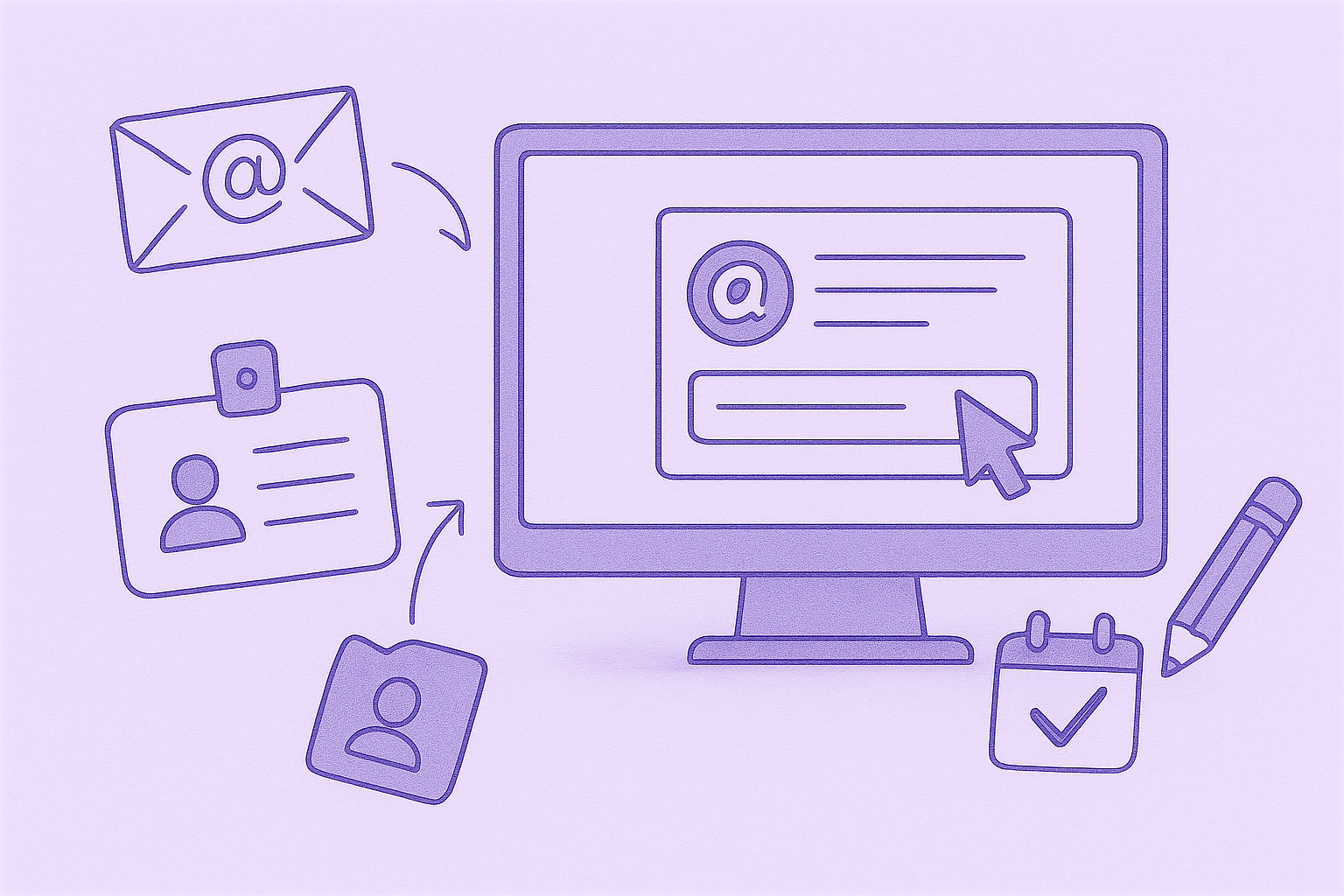

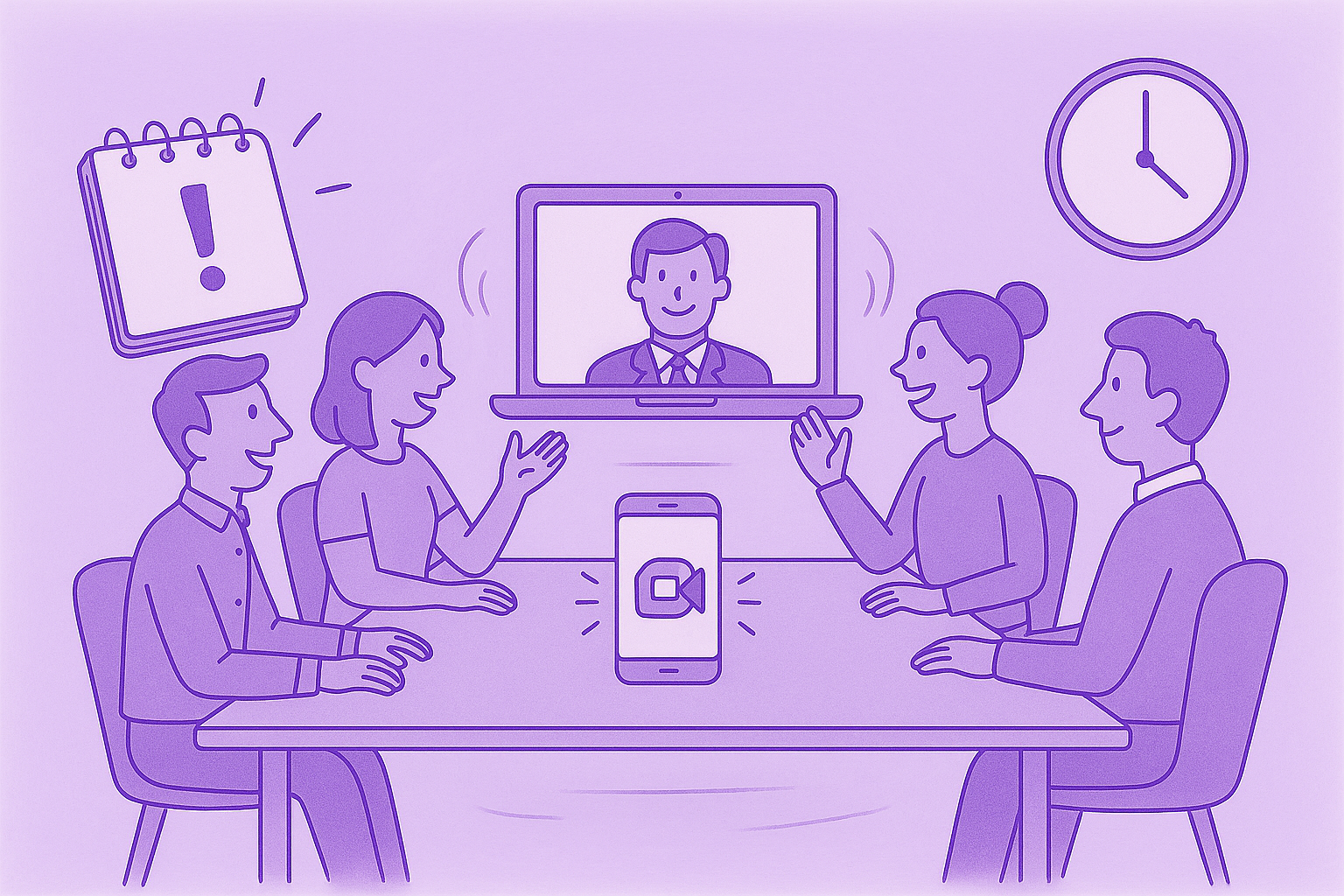
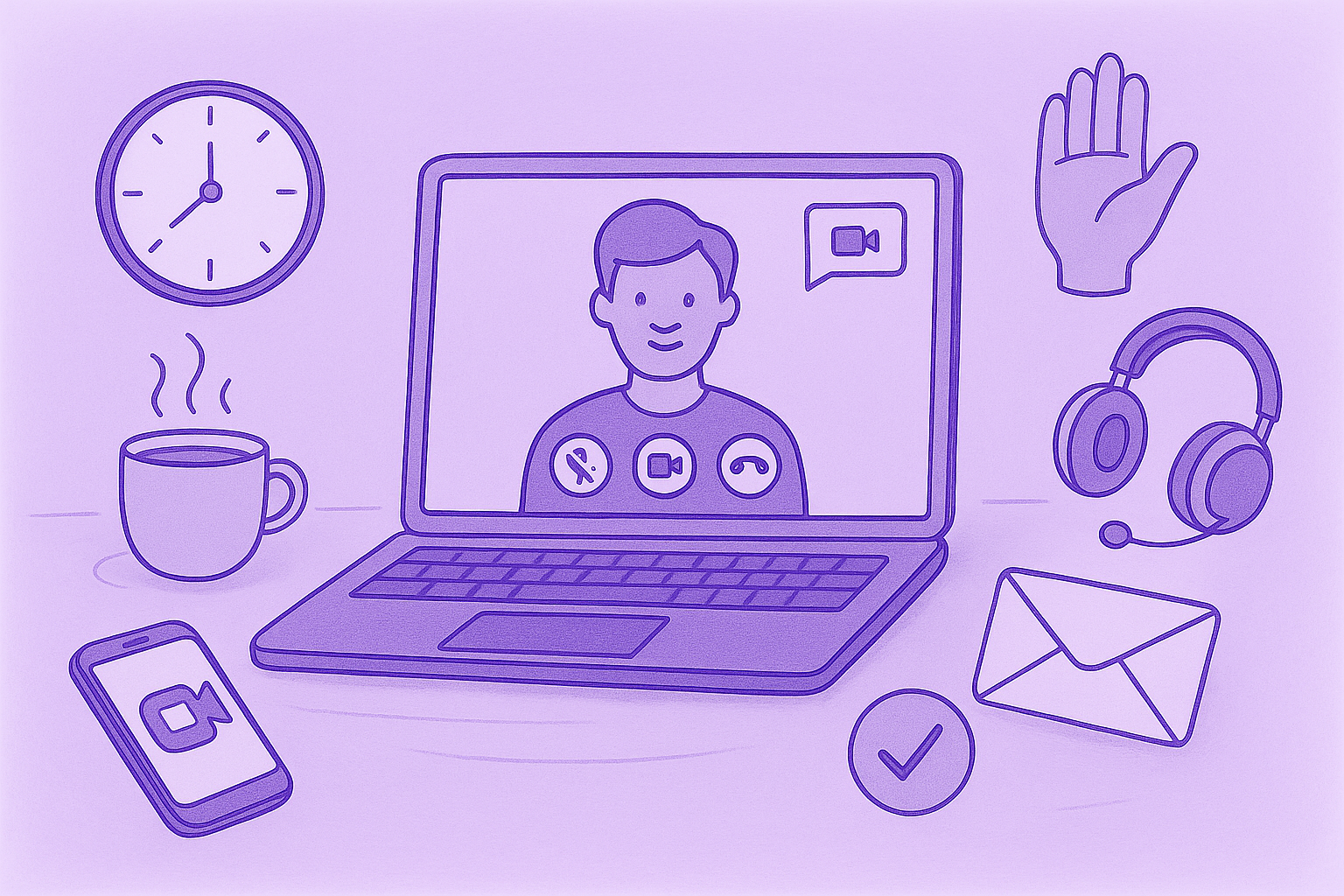
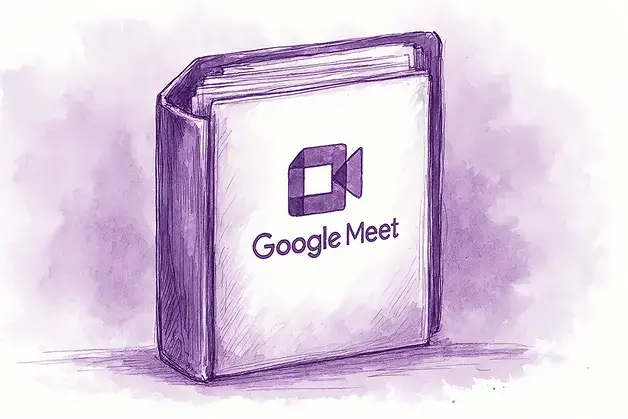


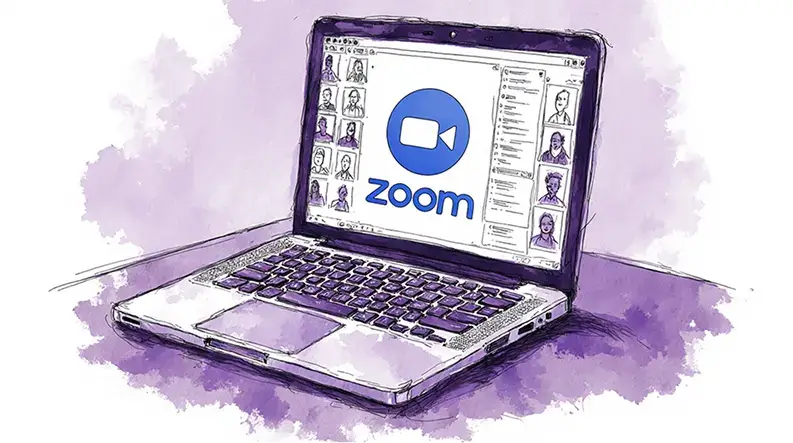






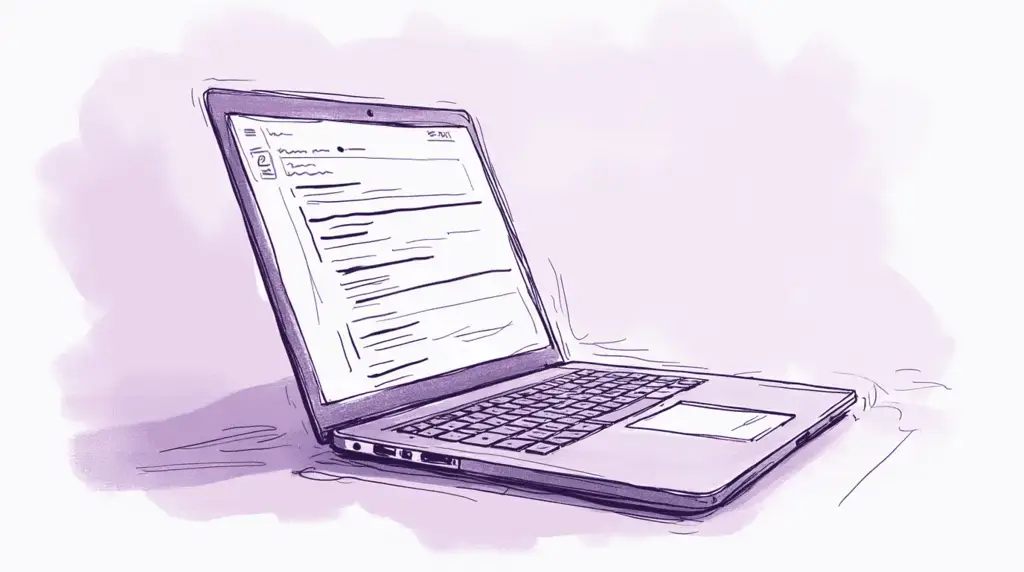




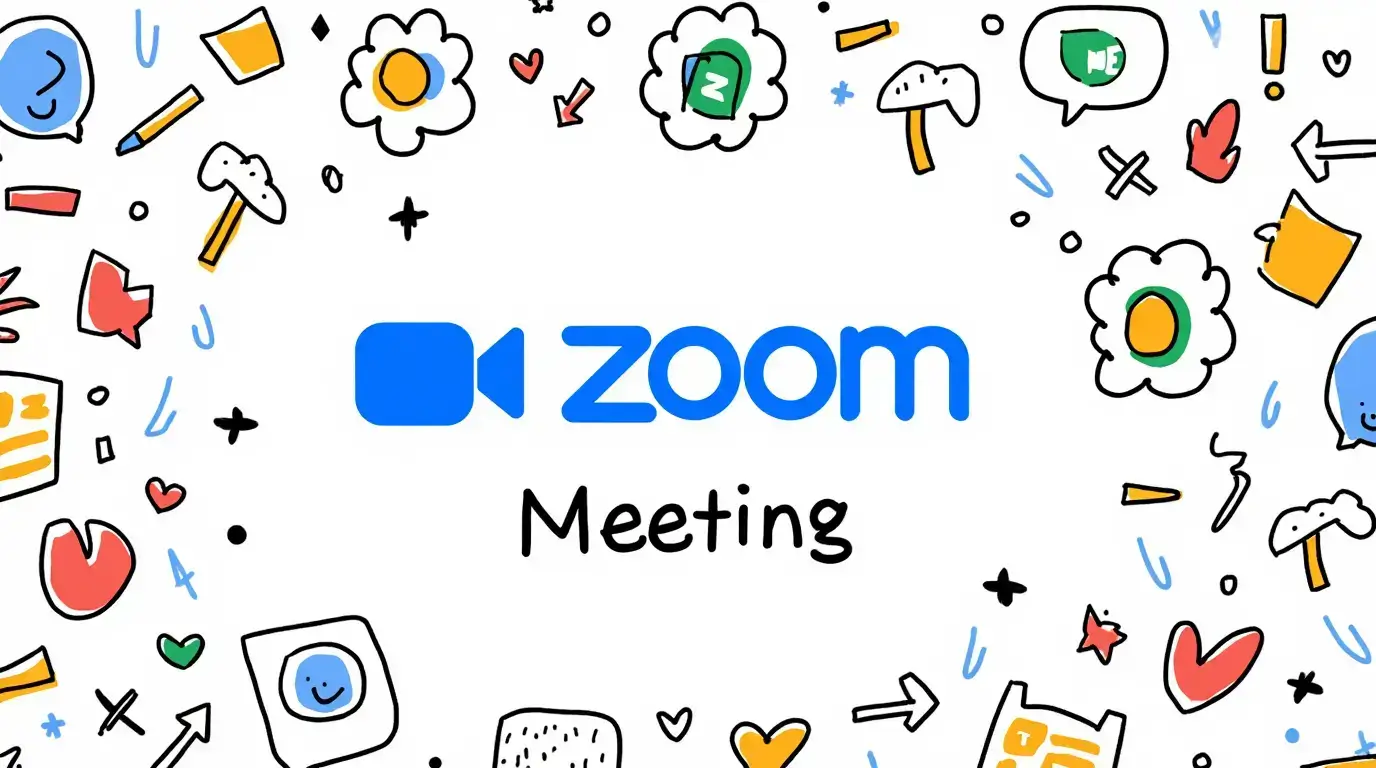



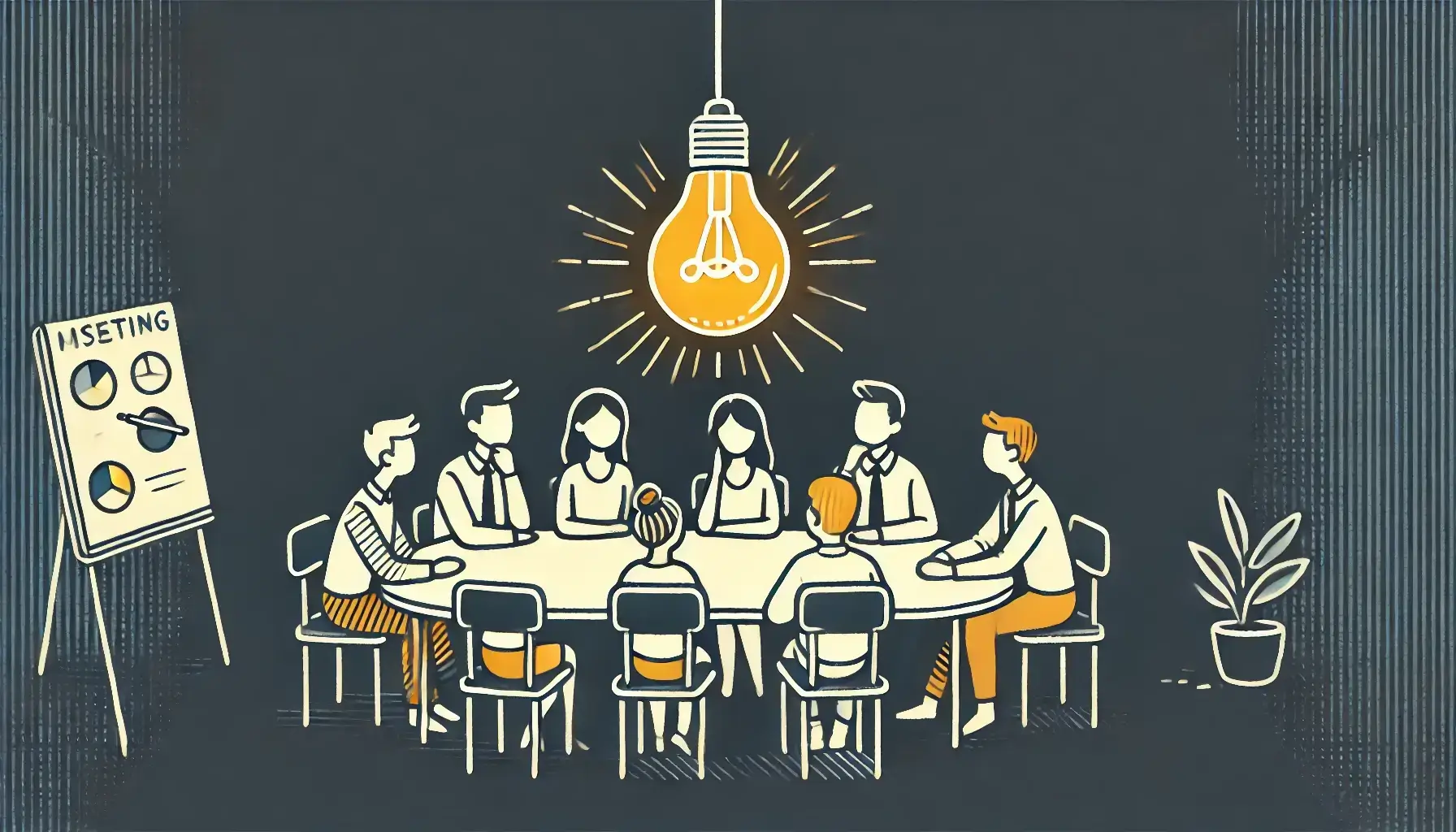
.png)









